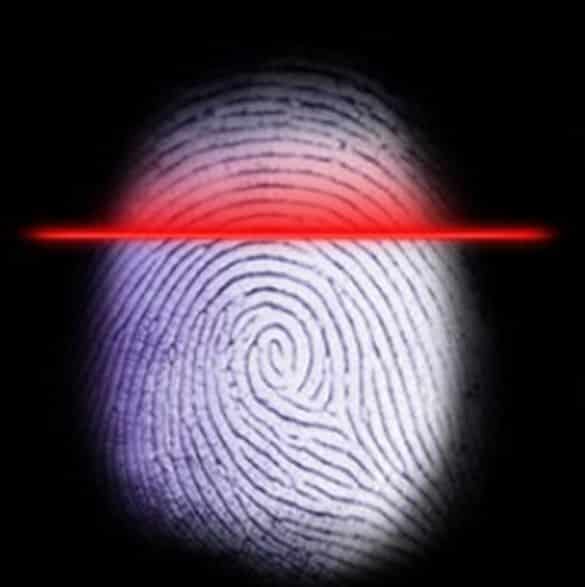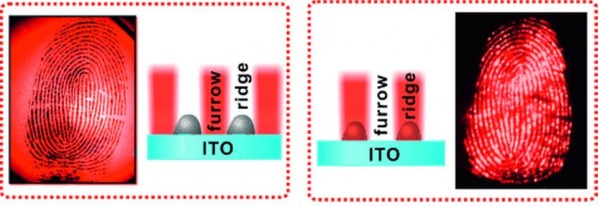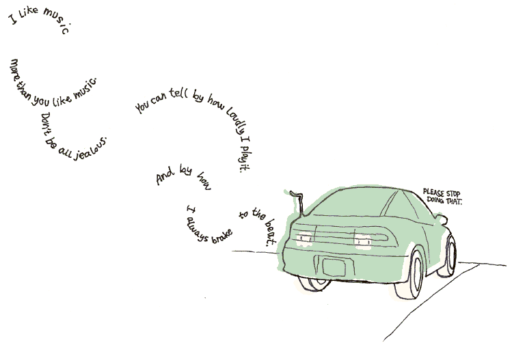Though there are several methods of collecting/detecting fingerprints, in near future, police may analyze highly detailed and glowing fingerprints instead of dusting a crime scene. A research team in China has developed a process by which fingerprints, both old and new, will not only be more detailed, but could allow authorities to pick up extra evidence. Using this process, forensic investigators could collect fingerprints easily and make them visible at high-resolution fast.
Lead researcher Bin Su and his team at Zhejiang University in Hangzhou has developed this new technique. The method they have developed takes advantage of a phenomenon known as Electrochemiluminescence. Electrochemiluminescence, or electrogenerated chemiluminescence (in short ECL), occurs when an electrochemical is used to emit light.
The researchers used a small glass plate coated with indium tin oxide or just a piece of stainless steel plate as the electrode. Then a fingerprint was transferred to this plate, and the researchers added a solution containing the reactants on the plate. In the places where the fat-containing components of the fingerprint that covered the plate, the electrode was inactive. So, the electrochemical reaction couldn’t take place and therefore no light was emitted. Hence, a negative image of the fingerprint was produced. A CCD camera recorded the negative image.
So, the final result was a fingerprint that was luminescent and so detailed that one could easily and clearly see the ridges, lines and pores in the print (above right picture).
No doubt, the technique can stimulate the development of more accurate and reliable biometric security systems. In fact, the same technique with a little modification can be used to create a negative of the print, which could be “a starting point for the development of methods to detect drugs and other substances that the person who made the prints either ingested or came into contact with.”
At present, the process is under development. The findings were published in German scientific journal Angewandte Chemie (English meaning “Applied Chemistry”) last month.
Source : Angewandte Chemie (English meaning “Applied Chemistry”)
Thanks To : PHYSORG
[ttjad keyword=”best-selling-gadget”]



